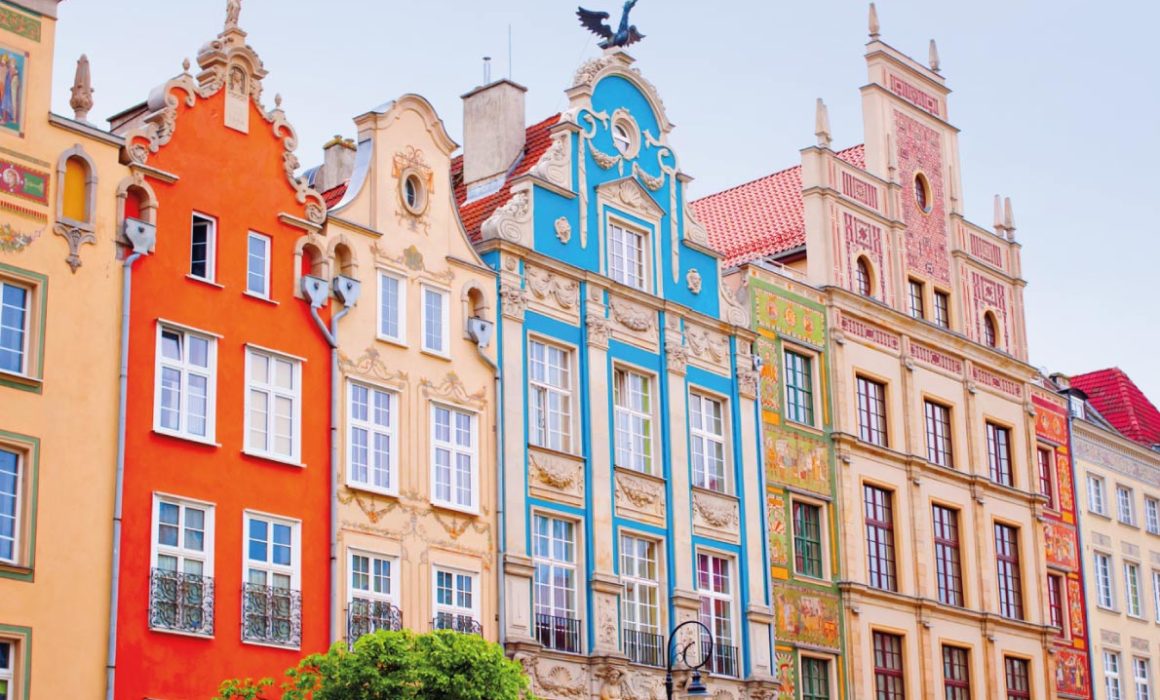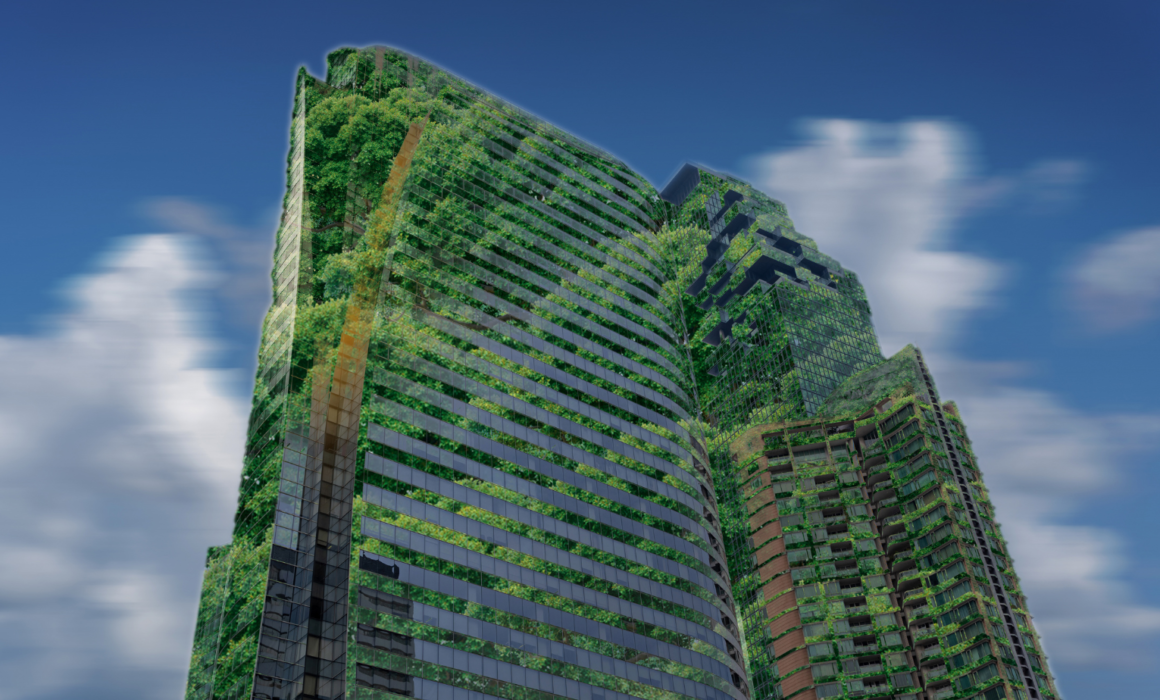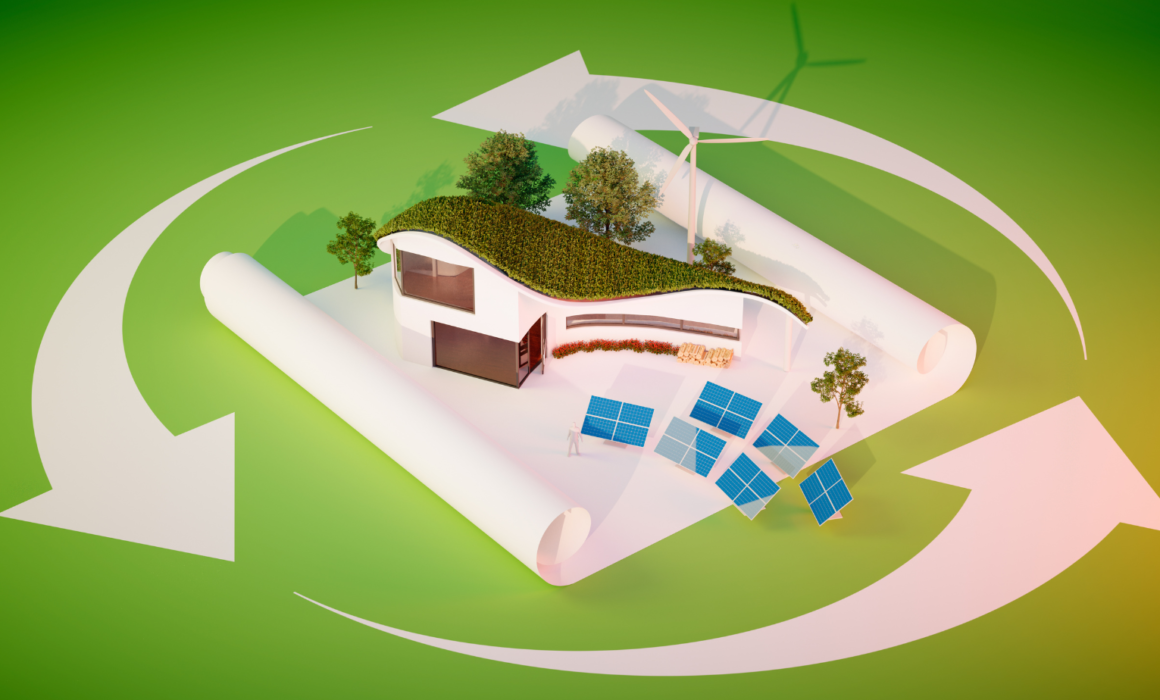The problem of buildings in Europe due to climate change
The fight against climate change remains one of the world’s greatest challenges. The latest data reveal unprecedented changes, according to the latest report of the Intergovernmental Panel on Climate Change (IPCC), global warming is causing increasing, and in some cases irreversible, changes in rainfall, ocean, and wind patterns in all regions of the world.
The report predicts that Europe will experience an increase in the frequency and intensity of extreme weather events, including marine heat waves, and warns that a temperature increase of 2 °C will have critical effects on nature and people, an example of which are the heat waves that have been experienced in recent months and have recorded historical temperatures.
In recent weeks, Europe has experienced a heat wave in places like Spain, Portugal, and the United Kingdom, leaving fatalities. And this has led to the realization of a problem in much of the continent is that buildings are designed to protect themselves from the cold by retaining heat.
Protecting oneself from the cold is a perfectly rational choice when in Northern Europe, as it is a health risk for inhabitants and tourists. In general, winter mortality is higher than summer mortality.
The need for shelter from the cold caused Europe’s architecture to be characterized by houses capable of retaining heat, especially after the energy crisis of the early 1970s.
That crisis highlighted some Western energy issues and led architects and urban designers to emphasize the thermal efficiency of buildings. Climate change also motivated this search for efficiency, with an approach based on mitigation that forgot the adaptive difficulty: it was necessary to reduce energy consumption since temperatures would become more extreme.
In Europe, it is common to hear that climate change mainly alters life in developing countries, but rising temperatures especially affect urban areas due to the urban heat island phenomenon. Asphalt and buildings retain more heat than vegetation. They also limit air circulation.
The United Kingdom has been the main protagonist of this latest heat wave. It has influenced a multitude of infrastructures, from airports to bridges. The heat wave has wreaked havoc in a country more accustomed to having to protect itself from the rain and cold.
But homes have also been the subject of controversy. Many buildings in the country date precisely from the 1970s, when retaining heat was the priority. Small windows that do not allow for proper ventilation are common. And properly ventilating the home is vitally important, not just when the heat is on.
For their part, Spanish households require forms of home cooling such as air conditioning and fans. This heat wave is probably increasing the demand for these solutions, even in areas where they were not considered necessary.
Good ventilation is also crucial. Homes with windows located on opposite facades or with access to interior courtyards that allow excess heat to escape from the building like a chimney are very useful. Shutters, also uncommon in northern countries, allow the home to be insulated during the hottest hours of the day.
While ensuring energy efficiency will be extremely essential to mitigate the worst consequences of climate change, the focus must also be on adapting to the consequences.
What is the European Union doing about climate change?
Higher temperatures and intensified weather events will also generate enormous costs for the EU economy and hamper countries’ ability to produce food.
The EU has adopted ambitious legislation in multiple policy areas to implement its international commitments on climate change. EU countries have set binding emission targets for key sectors of the economy to substantially reduce greenhouse gas emissions.
In April 2021, the Council and Parliament reached a provisional agreement on the European climate law that aims to establish by statute the 2030 emission reduction target. EU ministers adopted the deal in June 2021.
While this increased climate ambition will require transforming EU industry, it will also:
- To stimulate sustainable economic growth
- create jobs
- to deliver health and environmental benefits to EU citizens
- contribute to the long-term global competitiveness of the EU economy by fostering innovation in green technologies




